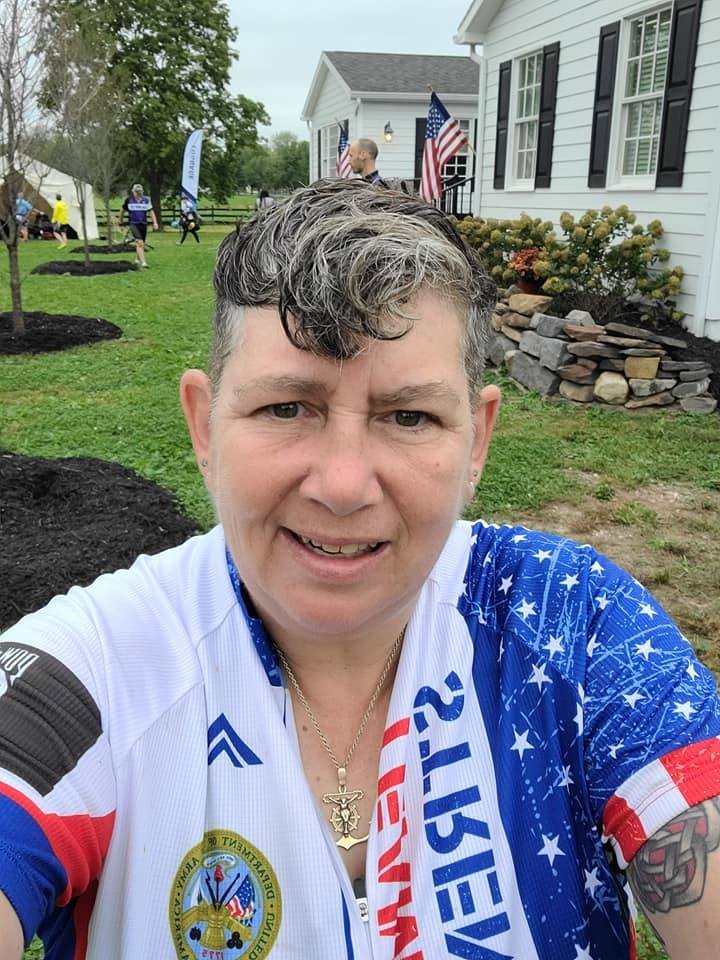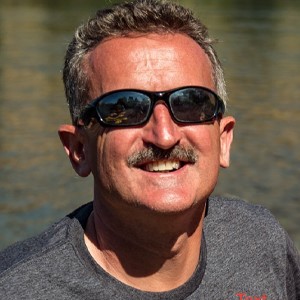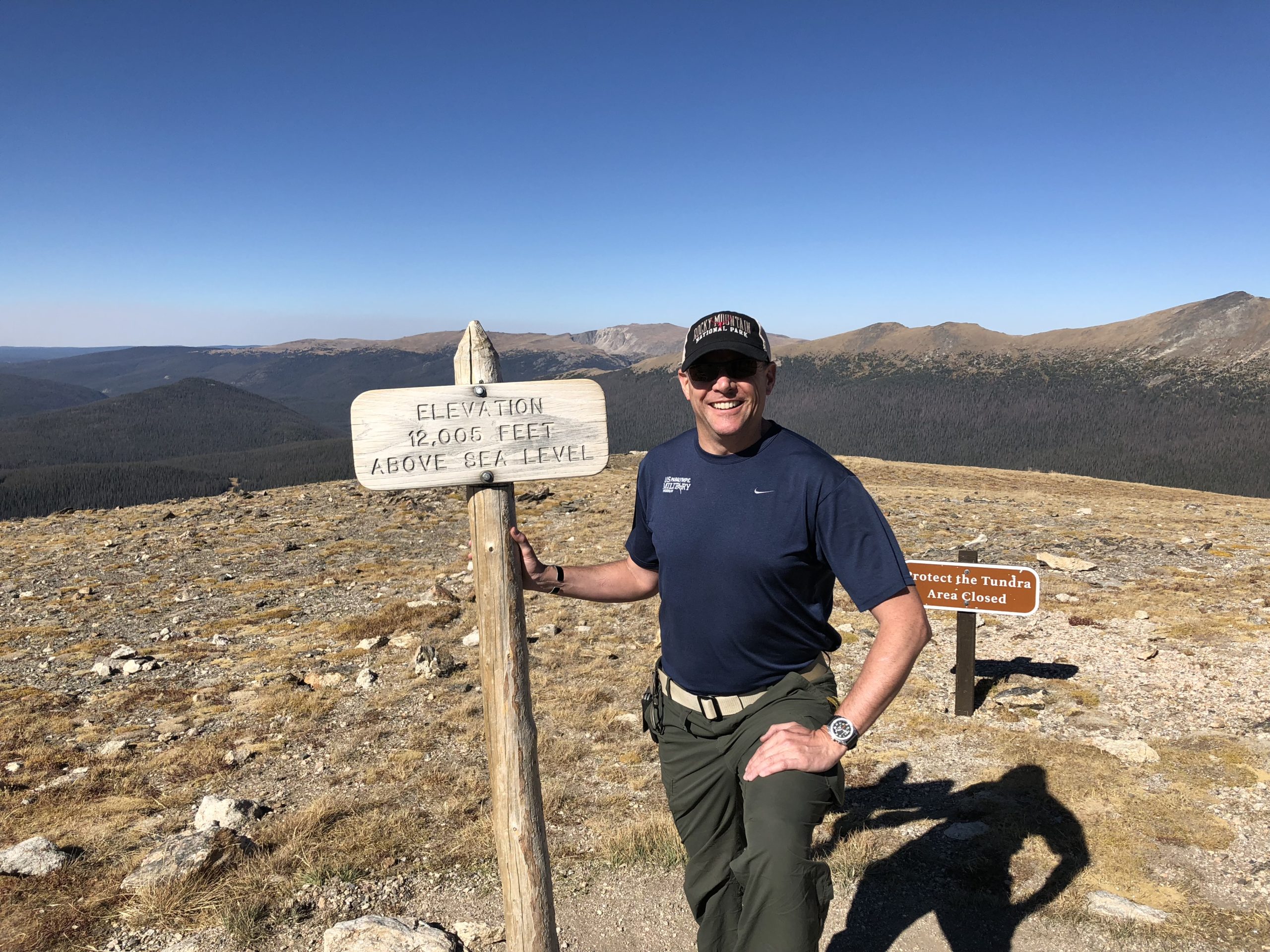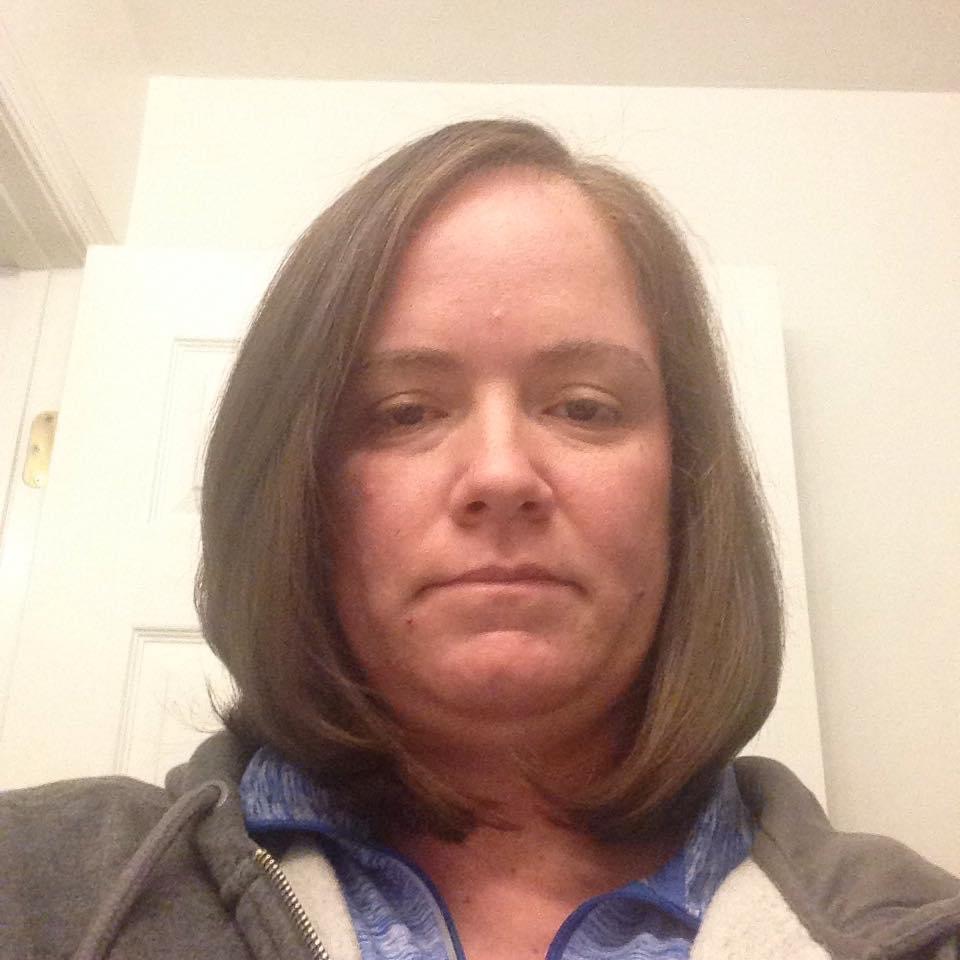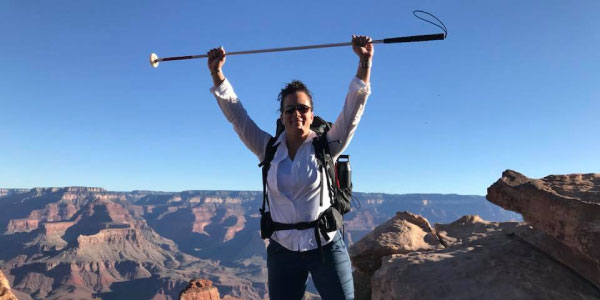
Shawn Cheshire
Army Veteran Shawn Cheshire played sports in high school, although she wouldn’t have considered herself competitive. “I wasn’t born with any unique athletic ability,” she said. “It was something for me to do in high school.”
At the young age of 17, she decided she wanted to join the military. “For me, it was an escape. I had a rough childhood and didn’t want to go to school. I didn’t want to get stuck, so it was a way out for me at that time.”
Before making the decision on which branch of service, Cheshire visited every recruiting office. Originally, she was leaning toward the Coast Guard because her grandfather retired from there. She was also weighing the different occupations and the chance to have a lifetime experience. Ultimately, Cheshire chose the Army. “At that time, there was a big separation between what men and women could do and a new field had just opened up for women.” So she was one of the first in that field, a theme that has carried through Cheshire’s life.
Working as paramedic, Cheshire would be involved in an accident. From that accident, she suffered a traumatic brain injury and lost most of her vision. “I was really sick, was struggling. I lost my job and was a single parent. It was a catastrophic moment in my life.
She was in complete denial as to the severity of her circumstances and was in survival mode. “I was struggling with deep depression. I tried to kill myself twice within the first couple of years. I couldn’t visualize or believe that living a happy life was in the cards anymore … I felt like I lost everything and that is a really dark place to be.” But she credits other people around her, who worked hard to get her out and interested in things. “They thought that if I could just get a hook, that would help me. They were right.” But it did take a little while for her to get there.
Cheshire was introduced to various sports. She started running half marathons and marathons. “I realized I can still run as a blind person, I just need help.” She received a hiking cane and asked what she was going to do with that. “I was told I was going to hike with it and then said ‘that is never going to happen.’ People were seeing in me what I didn’t have the capacity to see in myself at the time.”
Then she was introduced to biathlon. Then tandem cycling, which she took an interest in. At that time, it was three and a half years until the 2016 Paralympic Games in Rio and off she went. “There was no way I would have been able to afford the travel and equipment if it wasn’t for organizations like Move United.”
In 2018, Cheshire had a concussion and couldn’t participate in the cycling season but needed something to focus her efforts on. “When you are an athlete, it is a lot of who you are. So I was trying to figure things out.” She was up for a challenge and decided to embark on a double crossing of the Grand Canyon, which is known as the Rim to Rim to Rim.
“I was not a hiker before then.” The 24-hour push was the hardest thing Cheshire had done at that point. She became not only the first blind woman to accomplish this feat but also beat the time record set by a blind male. “I gained so much self-confidence and it opened the door to what is possible.”
“There are social stigmas as to what blind people look like, what they can do. I don’t default to what other people are doing. I tend to default to what hasn’t been done.”
For example, Cheshire was told that blind individuals can’t ride single bikes. She wondered how a blind person could ride a single bike across the country. It took her and guide Jesse Crandall nine months to work on that project and to figure out the technology and logistics. So, in 2021, she rode 3800 miles from Oregon to Virginia Beach over a period of two months. “That became the hardest, scariest, gnarliest thing I’ve done … I didn’t know that was possible.”
Another expedition took place in summer 2022 when the two of them (Cheshire and Crandall) participated in a 2700 mile mountain bike race called Tour Divide from Banff, Canada, to the border of Mexico. “I wouldn’t recommend it to another blind person,” Cheshire said. “I don’t know how I made it through that race without serious injury.”
By day two of that event, Cheshire thought about quitting. Every day, she was intent on getting through the next day. “It is in the really hard stuff I have done that I learned the most about myself. I am more confident and more clear.”
This spring, she is on a two-month journey with the goal of summiting Mount Everest and Lhotse. Fellow veteran Lonnie Bedwell, a Move United Warfighters Ambassador who is also blind, had been bugging her to do a climb. The two of them will meet up at base camp before starting the climb. If Cheshire is successful, she will be the first blind woman to summit Everest. “No blind person has ever completed the double summit.” Most people are familiar with Everest, but not as familiar with Lhotse, which is the fourth highest peak in the world.
Eventually Cheshire would like to figure out if she could complete the double crossing of the Grand Canyon on her own, without a sited guide. “I’m not sure if that can be done.” And next year, she is considering the possibility of skiing to the South Pole. “There’s always something … you never know.”
“I am still sad about being blind, but try not to focus on that.” What she does want to focus on is encouraging the blind community to start doing more of these type of things so “there will be less and less people saying we can’t do certain things.” You can follow her Everest journey at choosingtosee.org.
Sports
- Running/Wheelchair Racing,
- Hiking


